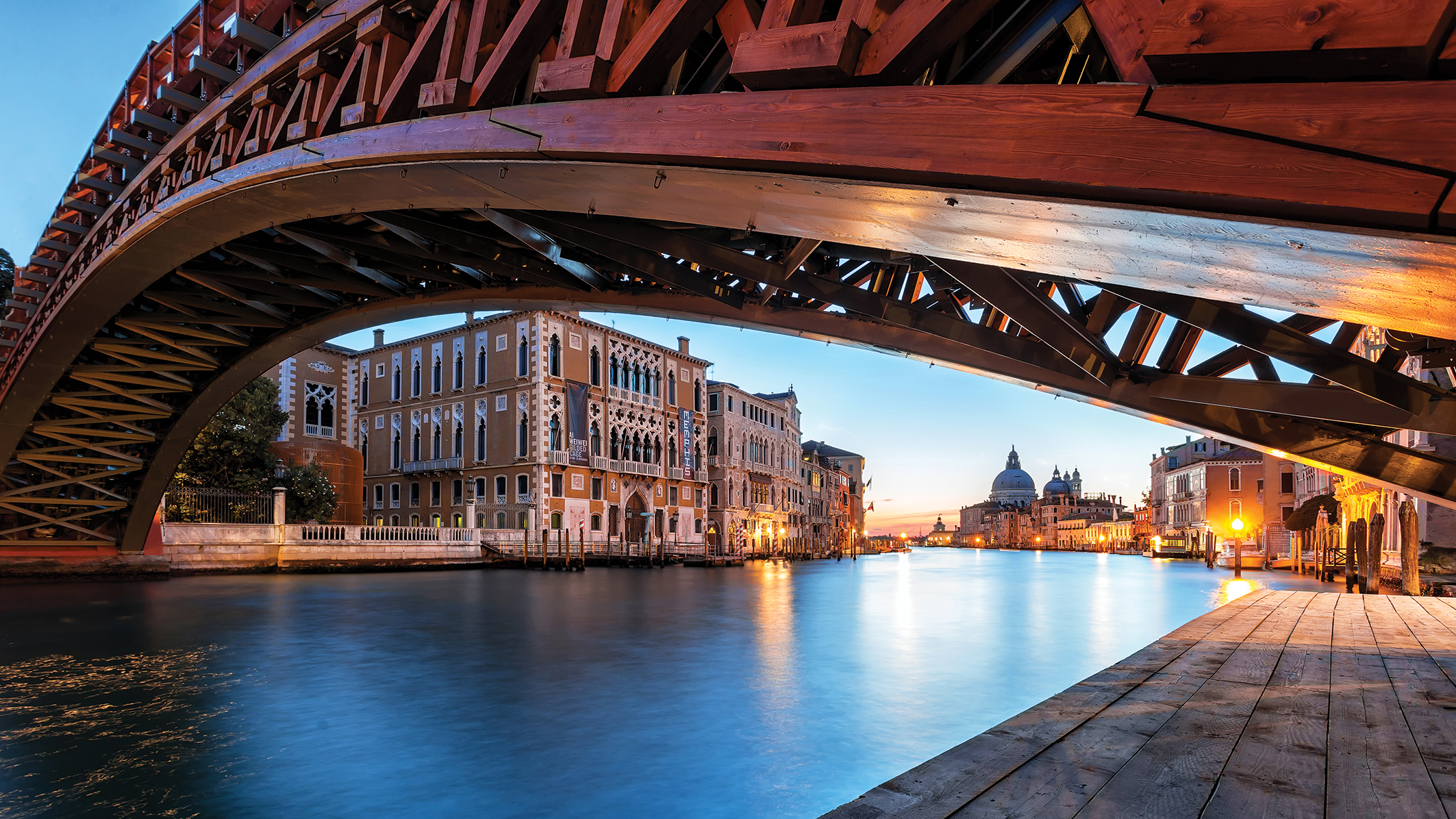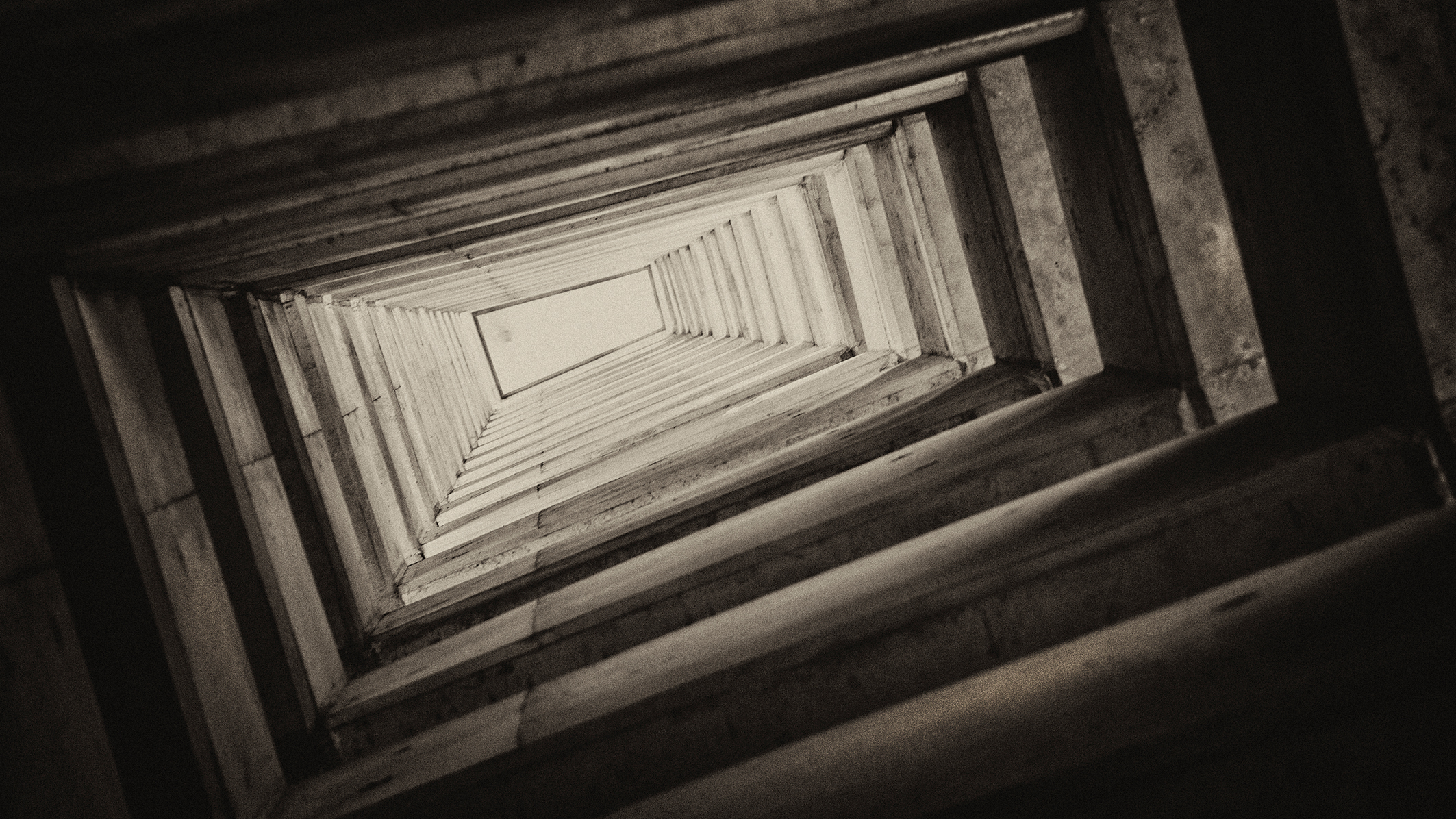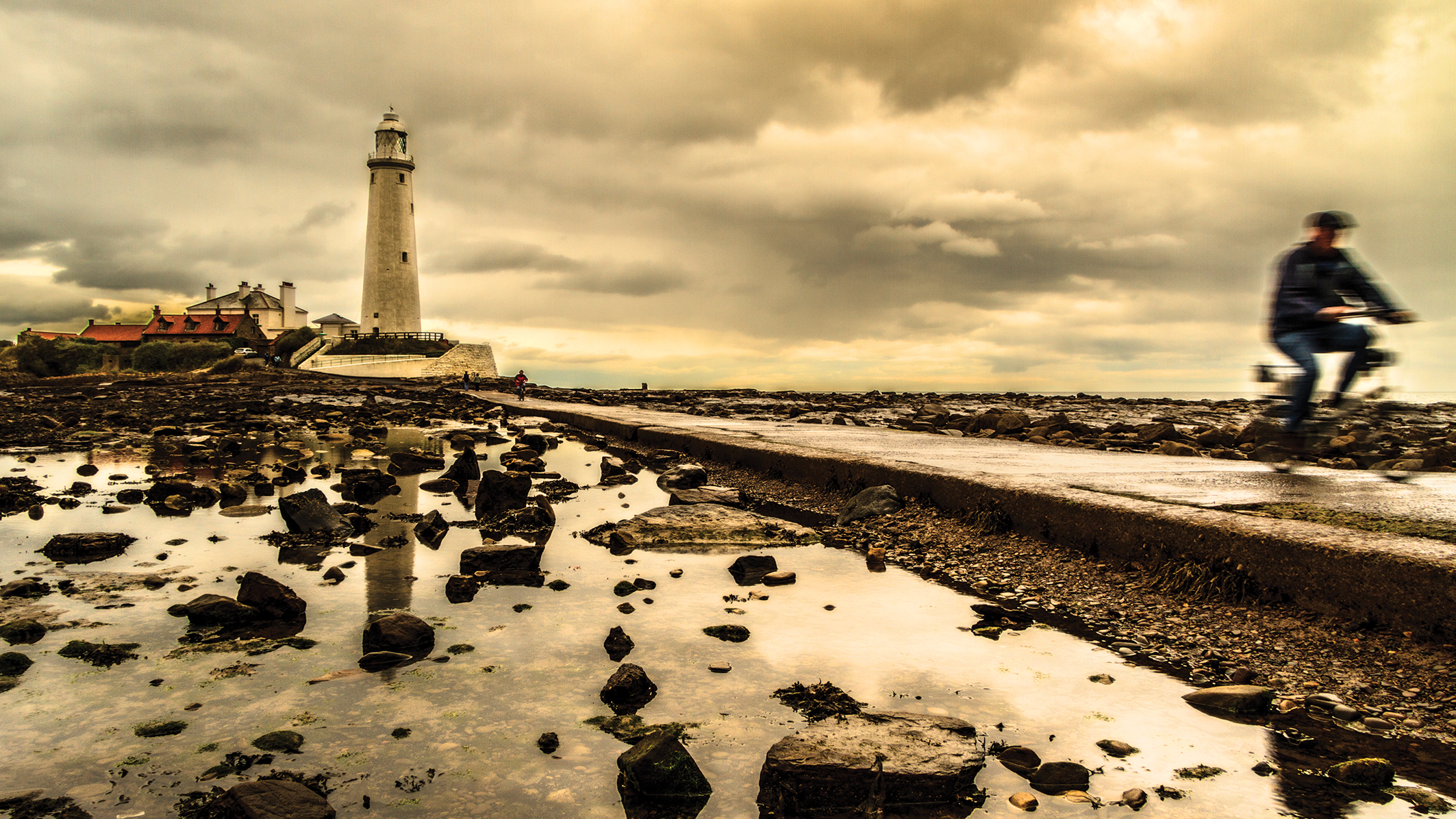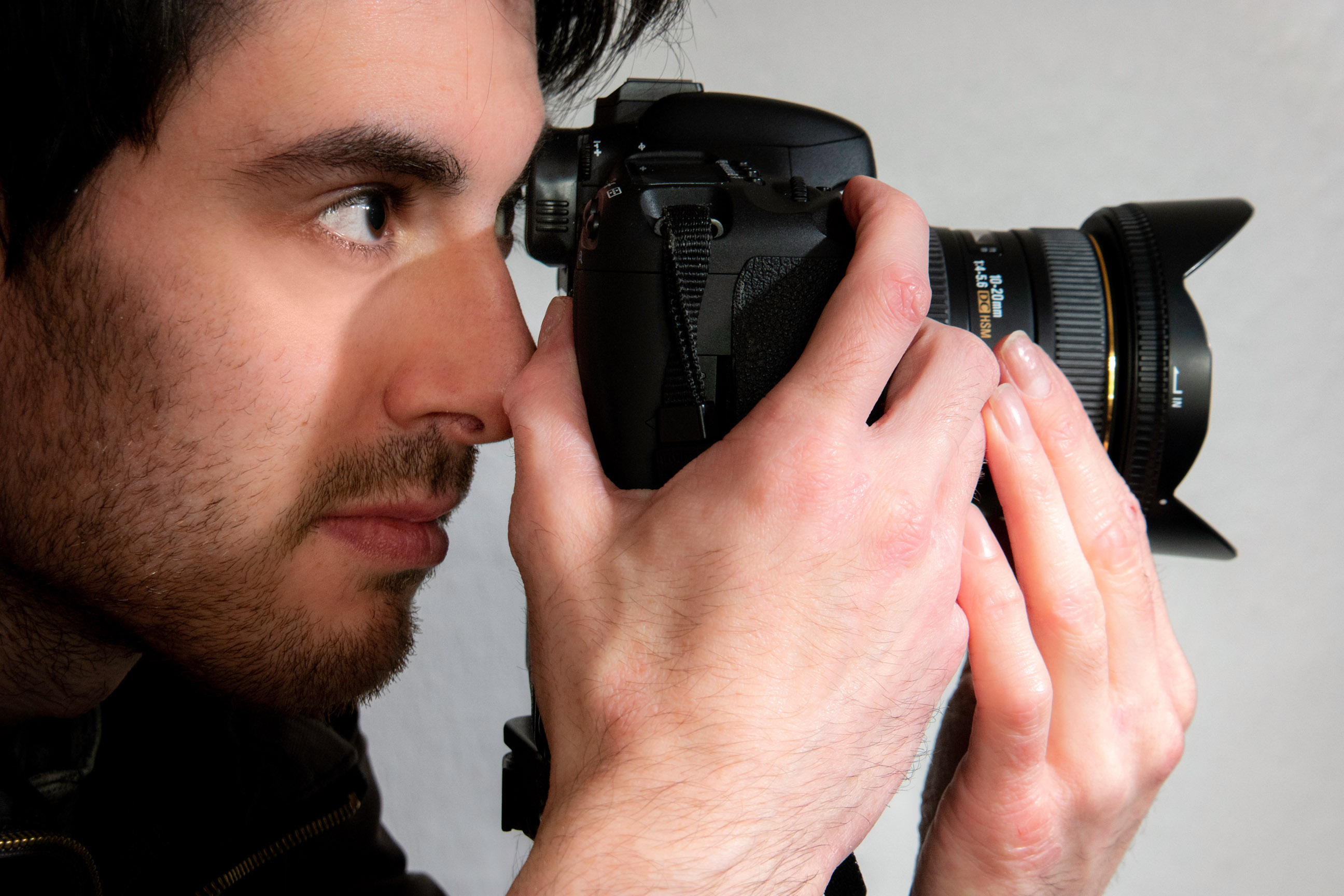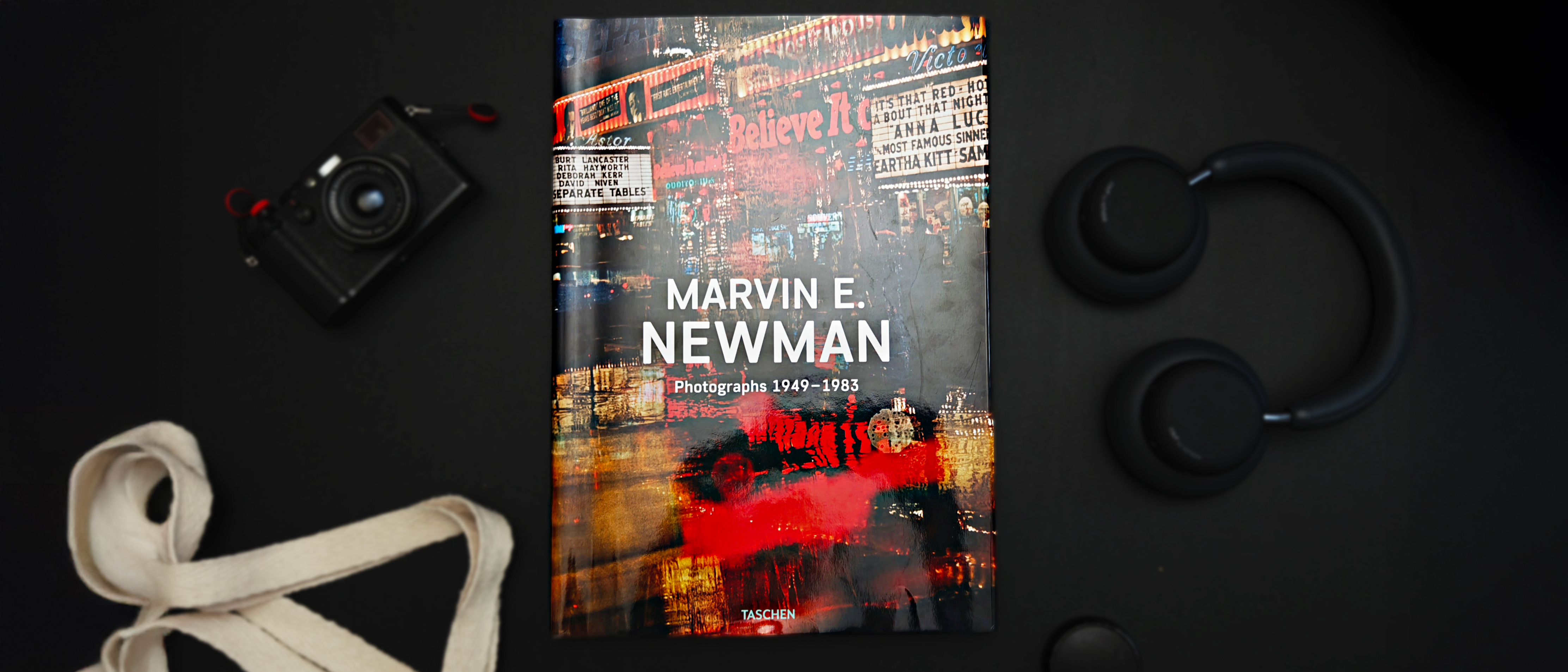5 pro photography composition techniques for stunning shots
These photography composition techniques can help you achieve maximum adaptability in any shooting scenario
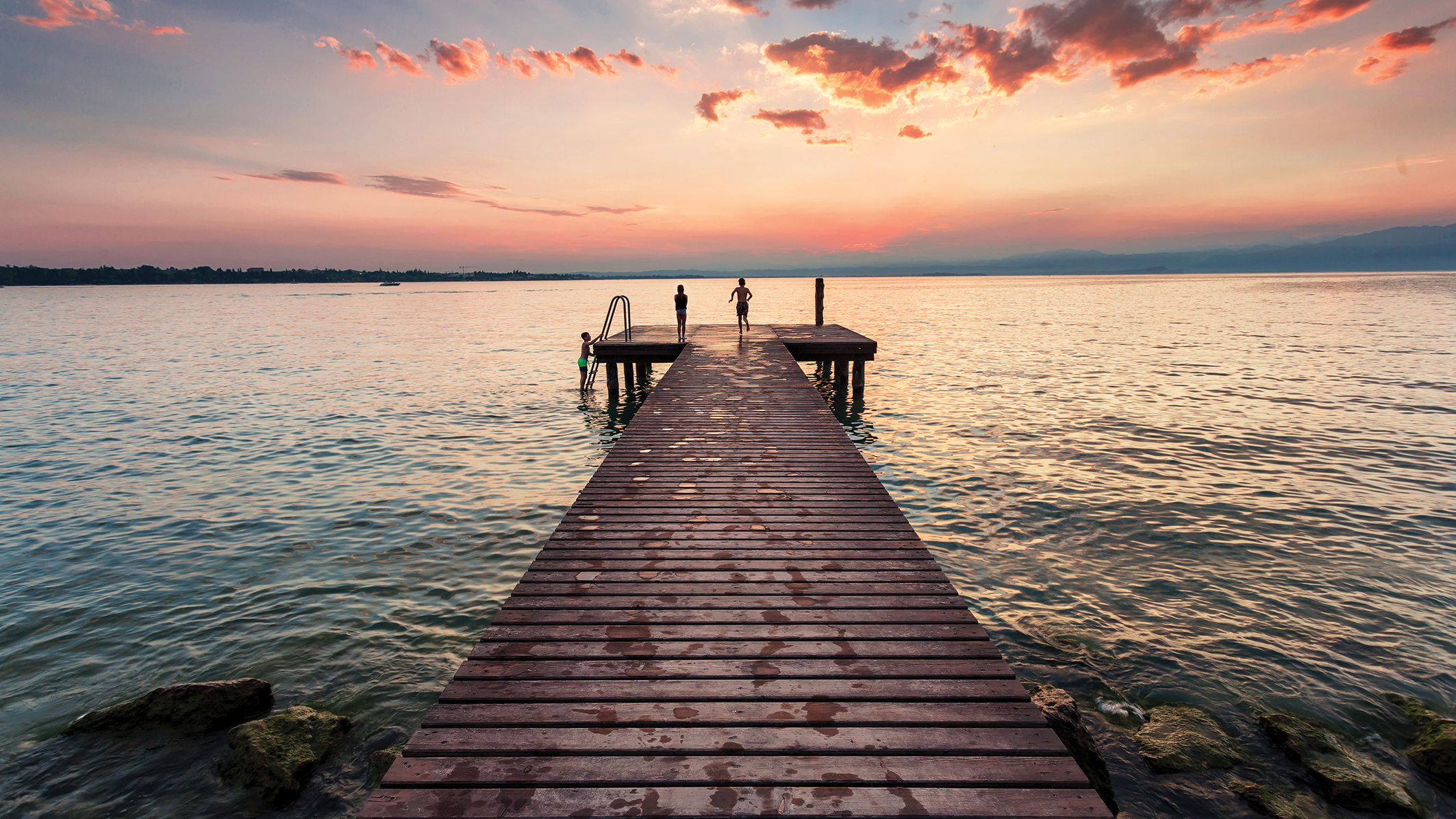
As photographers, it is easy to become so preoccupied with our own artistic intentions that we forget about the impact that each photography composition technique has on the viewer. Since this is the entire reason we spend so much time constructing an image, it makes sense to strive to fully understand how different perspectives influence audience reaction.
This enables us to begin experimenting with angles and focal lengths to vary the narratives of our images – a moderate change can have significant effects, unlocking exciting potential for alternative stories.
Presenting familiar subjects in novel ways is reason enough to adopt some of the following advanced framing techniques. Many of these composition strategies enable a photographer to make the most of any subject.
"I think the best way to be creative with composition is exploring, trying new things, different perspectives, angles," explains pro photographer Mercedes Castillo Sánchez. "The most important thing is to observe all the elements: subject, light, colors, location – to play with combining them in different ways.
"Sometimes you will realize that certain things don't work for you, but that experience helps your growth towards being a better photographer."
The next challenge is learning to recognize when some photography composition techniques are not appropriate. It is not uncommon for photographers to want to emulate others they admire, but this can result in a tendency to apply techniques even if they do not work in the current setting.
"We are all tempted to copy the works that impress us," offers landscape and cityscape photographer Bogdan Maris. "This is not a bad thing, but I would suggest always searching for something personal to add to the composition. This will make your shot unique.
The best camera deals, reviews, product advice, and unmissable photography news, direct to your inbox!
"When I shoot a place photographed by many people before, I look to include elements that give originality and dynamism to the scene."
Ultimately, advanced composition is not necessarily technically challenging – rather, it tests our ability to recognize when things do and do not work. The perfect composition is difficult to define, but Mercedes Castillo Sánchez describes it as when all of the scene elements are connected in a meaningful way. Bogdan Maris, meanwhile, knows he has the ideal shot when he has managed to keep only the essential scene elements.
5 photography composition techniques
1. Lines and curves
Find unique angles and features to frame points of interest. The Ponte dell’Accademia here frames the Canal Grande in Venice. This shot was only possible because of a temporary building site under the bridge.
Pro insight: Why it works
1. Contrasting form
The arc of the curve naturally complements straight lines in a scene, creating pleasing harmony
2. Lead the eye
The curve of the bridge crosses the physical and visual barrier of the canal
3. Natural frame
The eye is led around the entire shot by edges that also frame the main subjects
2. Repeating patterns
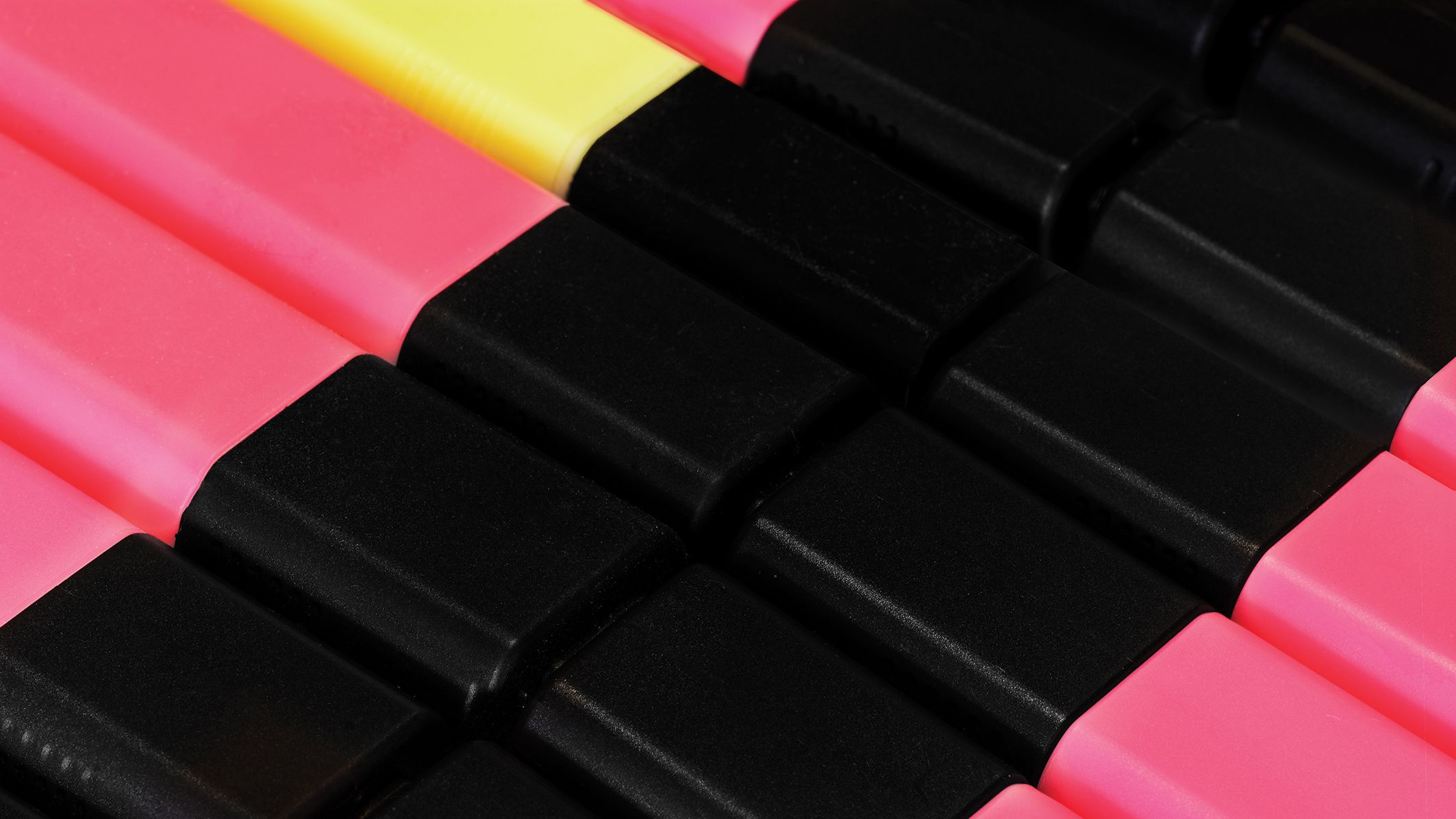
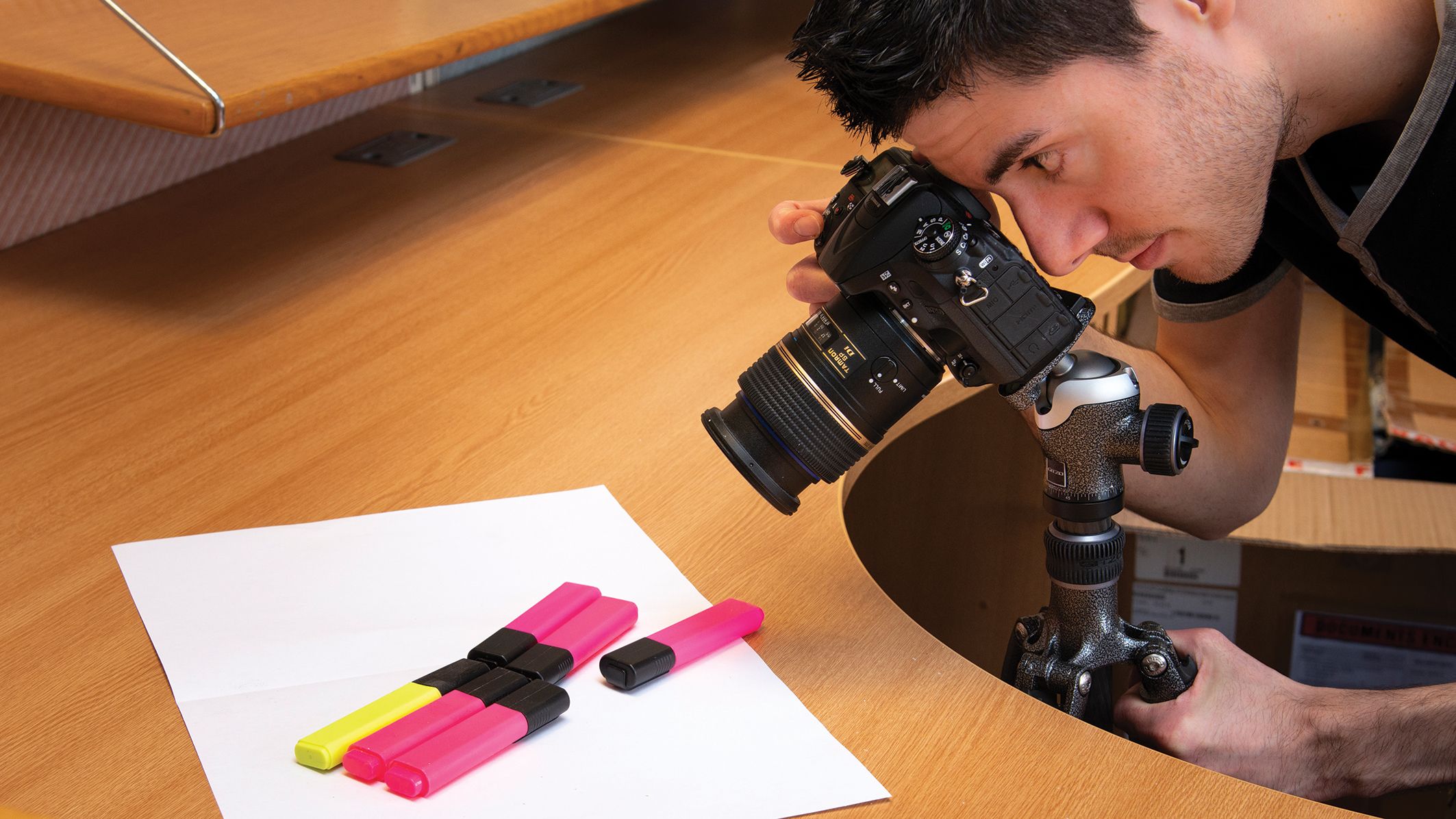
By cropping tightly so that objects of similar color or shape align, eye-catching patterns are created. Allowing the pattern to extend beyond the frame suggests an excitingly endless field of detail. The single yellow object breaks the pattern for added interest.
3. The center line
This image has a strong subject but sparsely detailed middleground. The central line of the jetty is a strong leading line, which guides the viewer's eye directly to the main point of interest – the silhouetted figures in the distance.
4. Extreme angle
Since we almost always see the world around us from a standing position, by lowering the camera to shoot straight up or raising it to shoot directly down at around +/- 90°, we can create an engaging perspective with near-abstract characteristics.
5. Experiment with timing
The position of a moving subject in a shot controls whether it feels like they are entering or exiting the frame. This alters the direction the viewer scans the image.
Pro insight: Why it works
1. Lead the way
A strong leading line guides the viewer through the frame to the subject
2. Direction of movement
The motion of the biker away from the lighthouse opposes the direction of the path
3. Control context
The distance between the biker and frame edge controls the feeling of context outside the image
You might also like...
Browse the best professional cameras, the best camera for beginners, and the best cheap cameras.
As the Editor for Digital Photographer magazine, Peter is a specialist in camera tutorials and creative projects to help you get the most out of your camera, lens, tripod, filters, gimbal, lighting and other imaging equipment.
After cutting his teeth working in retail for camera specialists like Jessops, he has spent 11 years as a photography journalist and freelance writer – and he is a Getty Images-registered photographer, to boot.
No matter what you want to shoot, Peter can help you sharpen your skills and elevate your ability, whether it’s taking portraits, capturing landscapes, shooting architecture, creating macro and still life, photographing action… he can help you learn and improve.
- Kim BunermannStaff Writer
You must confirm your public display name before commenting
Please logout and then login again, you will then be prompted to enter your display name.
